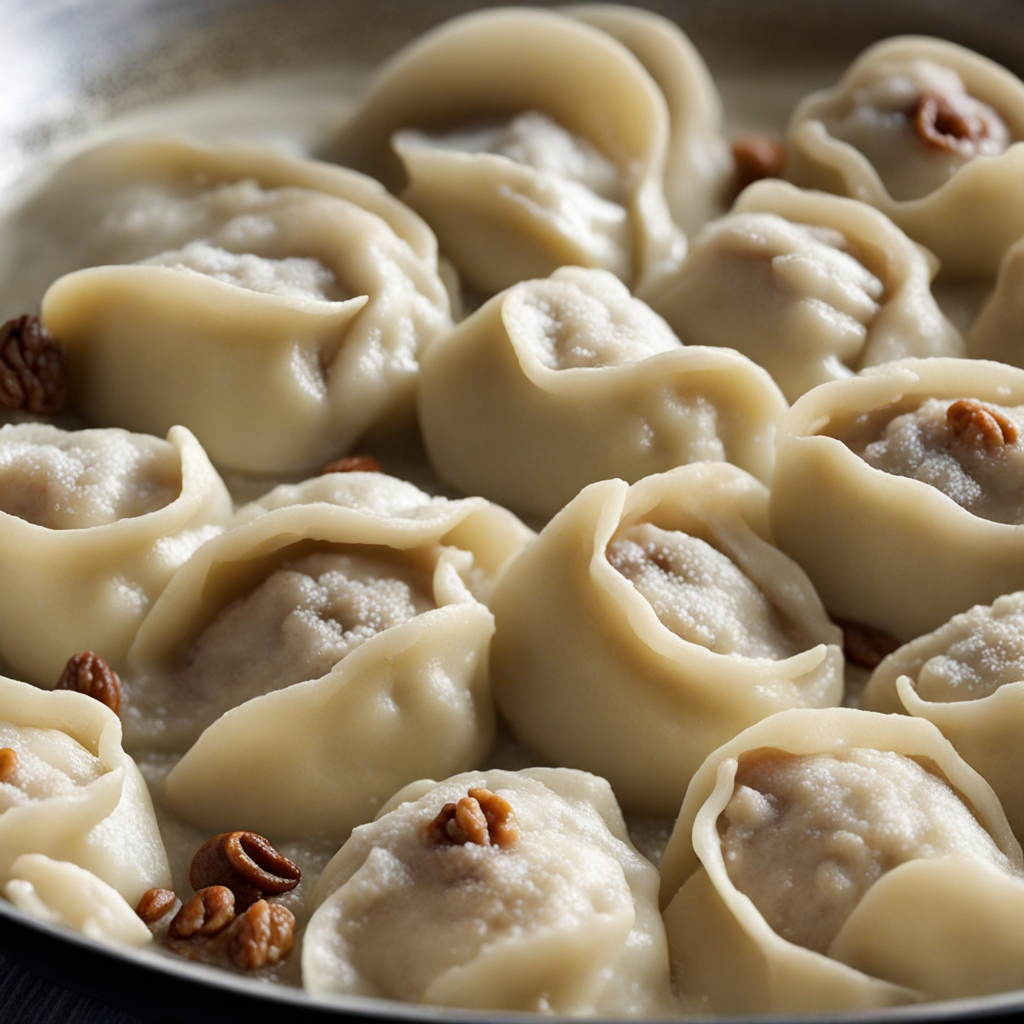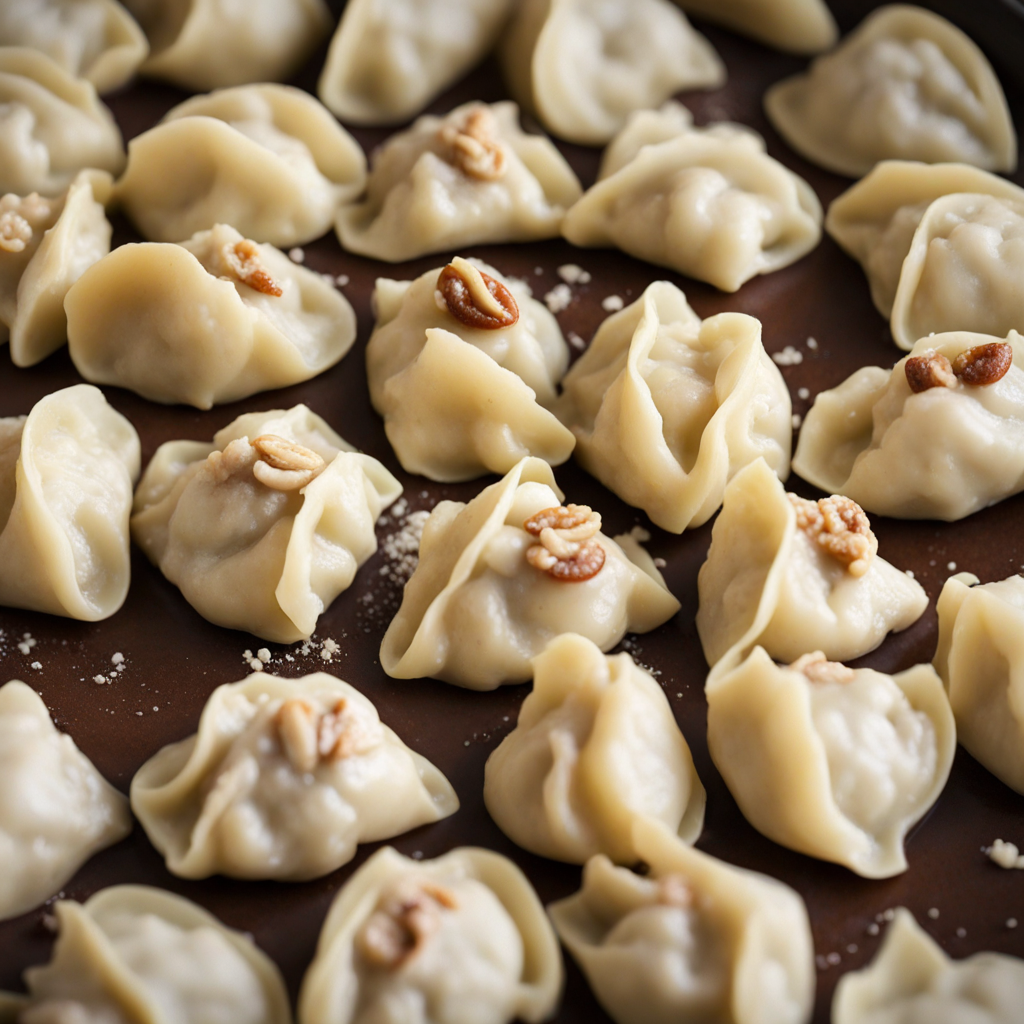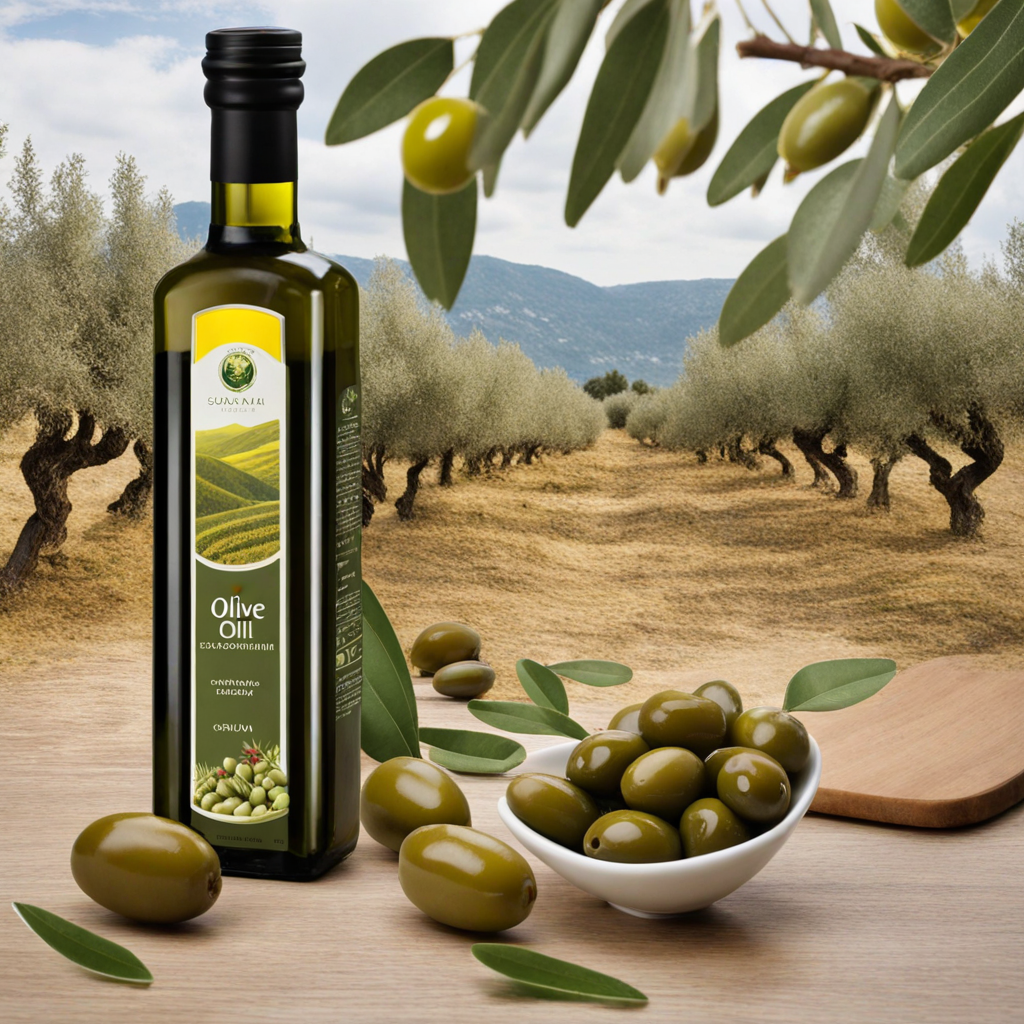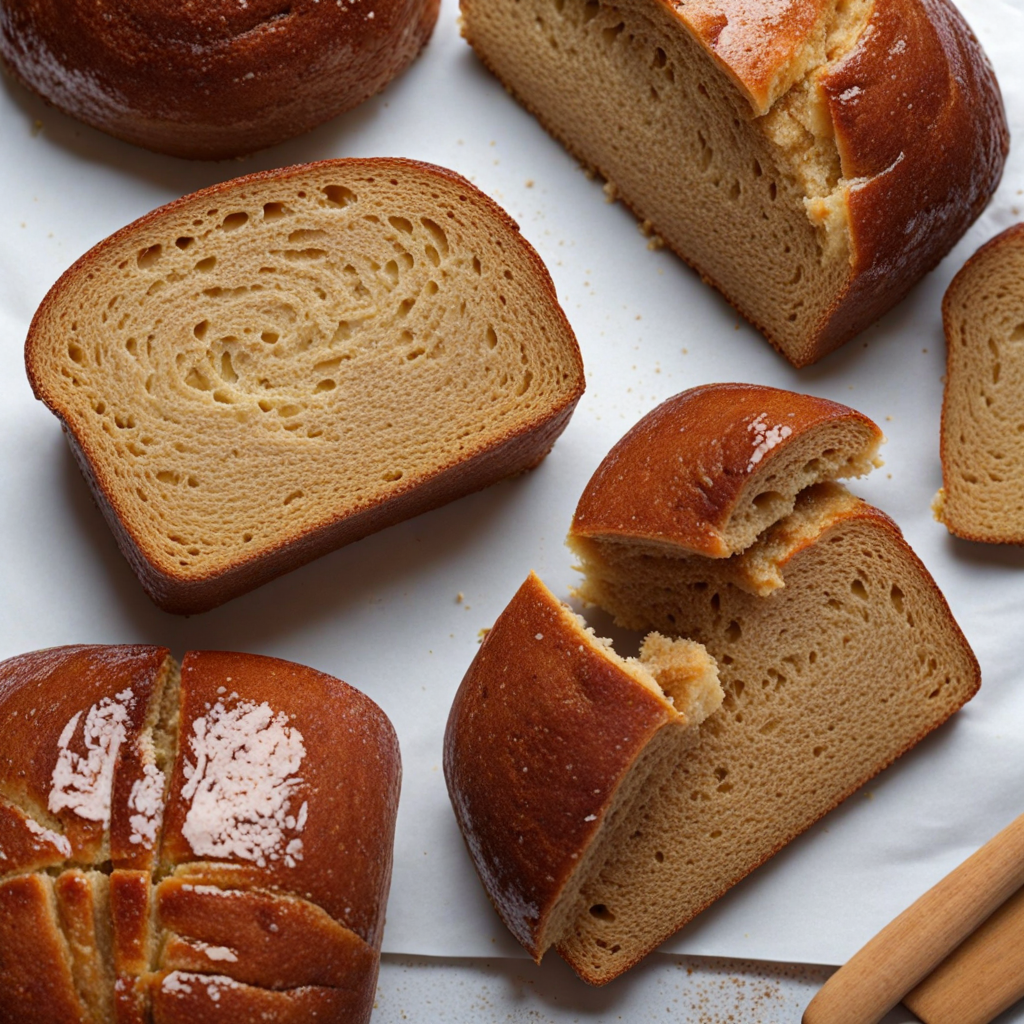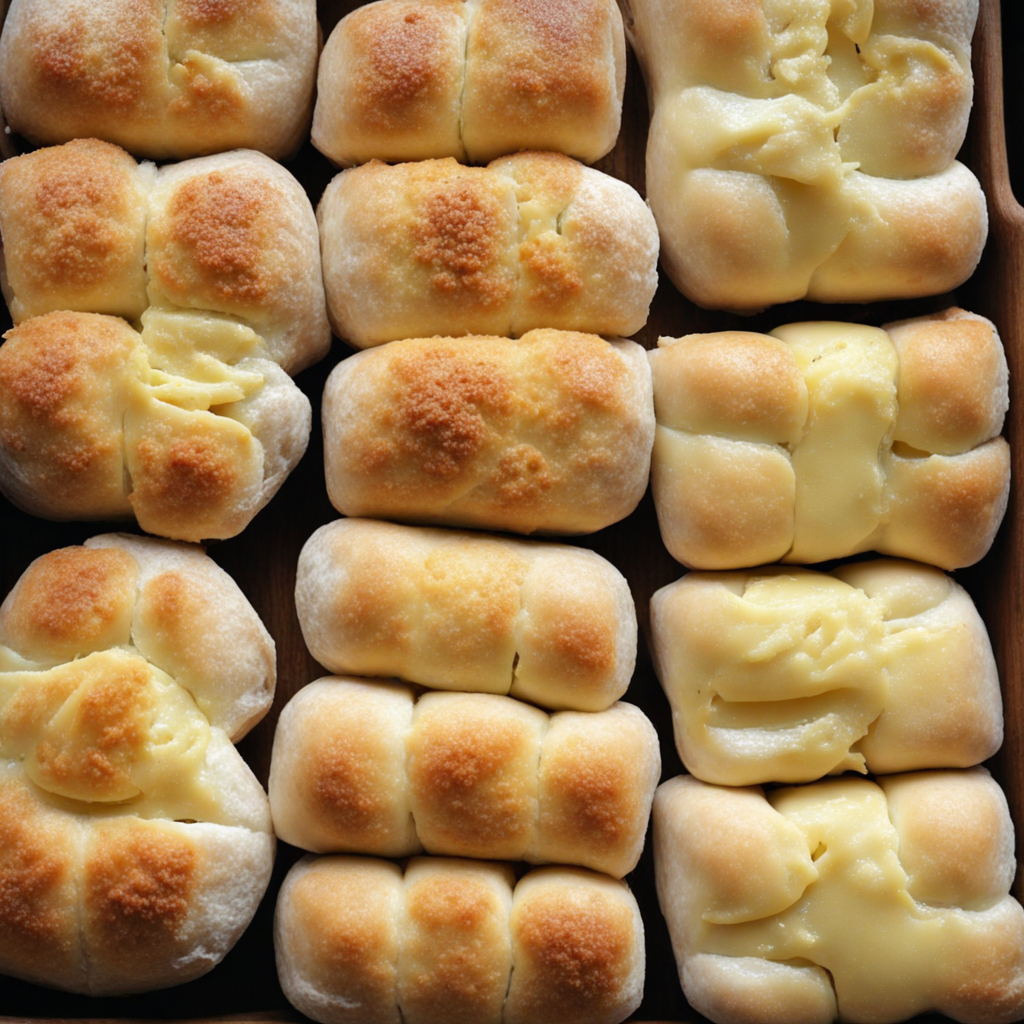Struklji
Struklji is a delightful Slovenian dish that showcases the country's rich culinary heritage and love for comfort food. At its core, struklji consists of rolled dough that can be filled with a variety of ingredients, ranging from sweet to savory. The dough is typically made from flour, water, and sometimes eggs, creating a tender and pliable base that envelops the filling. Popular fillings include a mix of cottage cheese, nuts, poppy seeds, and fruits, each contributing to a unique flavor profile that is both hearty and satisfying. One of the most beloved versions is the sweet struklji filled with a mixture of cottage cheese, sugar, and vanilla, which is often served as a dessert or a sweet snack. These rolls are usually boiled or steamed, resulting in a soft, luscious texture that melts in your mouth. The dish is commonly finished with a sprinkle of powdered sugar, a drizzle of melted butter, or even a dollop of sour cream, enhancing the overall experience and adding layers of flavor. In its savory form, struklji can be filled with ingredients like spinach, mushrooms, or sauerkraut, making it a versatile dish suitable for any meal. The savory varieties are often served with a side of sauce or gravy, making them a hearty option for lunch or dinner. Whether enjoyed as a comforting dessert or a satisfying main course, struklji is a beautiful representation of Slovenian cuisine, inviting food lovers to explore its diverse flavors and textures.
How It Became This Dish
Štruklji: A Culinary Journey Through Slovenia’s History Štruklji, a traditional Slovenian dish, is a delightful representation of the country’s rich culinary heritage and cultural identity. These rolled dumplings, often filled with various ingredients such as cheese, fruits, or vegetables, showcase the agricultural bounty of Slovenia while also reflecting the historical influences that have shaped its cuisine over centuries. To truly appreciate štruklji, one must delve into its origins, cultural significance, and evolution throughout time. Origins The roots of štruklji can be traced back to the broader category of dumplings that exists in many Central European cuisines. Similar dishes can be found in neighboring countries, such as Austria and Hungary, where the concept of rolled dough filled with various ingredients is a common culinary theme. However, štruklji has a uniquely Slovenian identity, with its name derived from the Slovene word "štrukelj," which translates to "roll" or "coil." Historically, the dish is believed to have emerged during the Middle Ages when Slovenian peasants sought to utilize available ingredients efficiently. The simplicity of the dough, typically made from flour, water, and salt, meant it was accessible to the rural populace. The fillings varied according to the seasons and regional availability, reflecting the agricultural calendar. Dairy products, particularly cottage cheese, became a staple filling, thanks to Slovenia’s robust dairy farming tradition, which has been integral to the nation’s economy. Cultural Significance Štruklji holds a special place in Slovenian culture, often associated with family gatherings and festive occasions. It is a dish that transcends mere sustenance; it embodies the spirit of sharing and community. In many Slovenian households, preparing štruklji is a collective activity, where family members come together to roll, fill, and cook the dumplings. This communal aspect fosters a sense of belonging and strengthens familial bonds. The dish is also deeply intertwined with Slovenian traditions and customs. In some regions, štruklji is prepared for special celebrations like weddings, Christmas, and Easter. It is often served alongside other traditional dishes, symbolizing abundance and hospitality. The act of serving štruklji to guests is seen as an expression of warmth and generosity, showcasing the host’s culinary skills and connection to Slovenian heritage. Moreover, štruklji has found its way into modern Slovenian cuisine, celebrated not only for its taste but also for its cultural symbolism. It represents a link to the past and continuity within Slovenian culinary practices, bridging the gap between generations. As Slovenia has evolved into a modern nation, the appreciation for traditional dishes like štruklji has only deepened, affirming their importance in the national identity. Development Over Time As Slovenia transitioned through various historical phases, so too did the preparation and presentation of štruklji. The dish has adapted to accommodate the influences of different ruling powers, such as the Austro-Hungarian Empire, which brought culinary traditions from various regions. This melding of influences enriched Slovenian cuisine, leading to innovations in the way štruklji is prepared and served. In the 19th century, as Slovenia embraced a national revival, there was a renewed interest in traditional foods, including štruklji. This period saw an emphasis on preserving local culinary traditions amid the growing influence of industrialization and urbanization. Cookbooks began to emerge, documenting traditional recipes and emphasizing the importance of regional ingredients, thus solidifying the position of štruklji in Slovenian kitchens. The 20th century brought further changes, particularly following Slovenia’s independence in 1991. As the country sought to redefine its cultural identity, a culinary renaissance took place, with chefs and home cooks alike revisiting and reinventing traditional dishes. Štruklji began to appear on menus of fine dining establishments, where chefs experimented with modern techniques and gourmet ingredients while honoring the essence of the dish. Today, štruklji can be found in various forms across Slovenia. While the classic versions filled with cheese or apples remain popular, contemporary variations have emerged, incorporating ingredients such as pumpkin, spinach, and even wild herbs. The dumplings can also be served in different ways—boiled, baked, or even fried—allowing for a diverse array of textures and flavors. Additionally, štruklji has gained recognition beyond Slovenia’s borders, with international food enthusiasts discovering this delightful dish. As part of Slovenia's growing culinary tourism sector, štruklji is showcased in festivals and food fairs, where visitors can learn about its history and participate in workshops to make their own dumplings. This exposure not only promotes Slovenian culture but also fosters a global appreciation for its culinary traditions. Conclusion Štruklji is more than just a dish; it is a reflection of Slovenia’s history, culture, and identity. From its humble origins as a peasant food to its status as a beloved traditional dish, štruklji encapsulates the essence of Slovenian culinary practices. It serves as a reminder of the importance of community, family, and tradition in a rapidly changing world. As Slovenia continues to evolve, the enduring legacy of štruklji ensures that the flavors of the past remain alive, celebrated, and cherished for future generations to enjoy. Whether enjoyed at a family gathering, a festive occasion, or a gourmet restaurant, štruklji will always be a symbol of Slovenia’s rich culinary tapestry, inviting all who partake in it to savor a taste of history.
You may like
Discover local flavors from Slovenia


